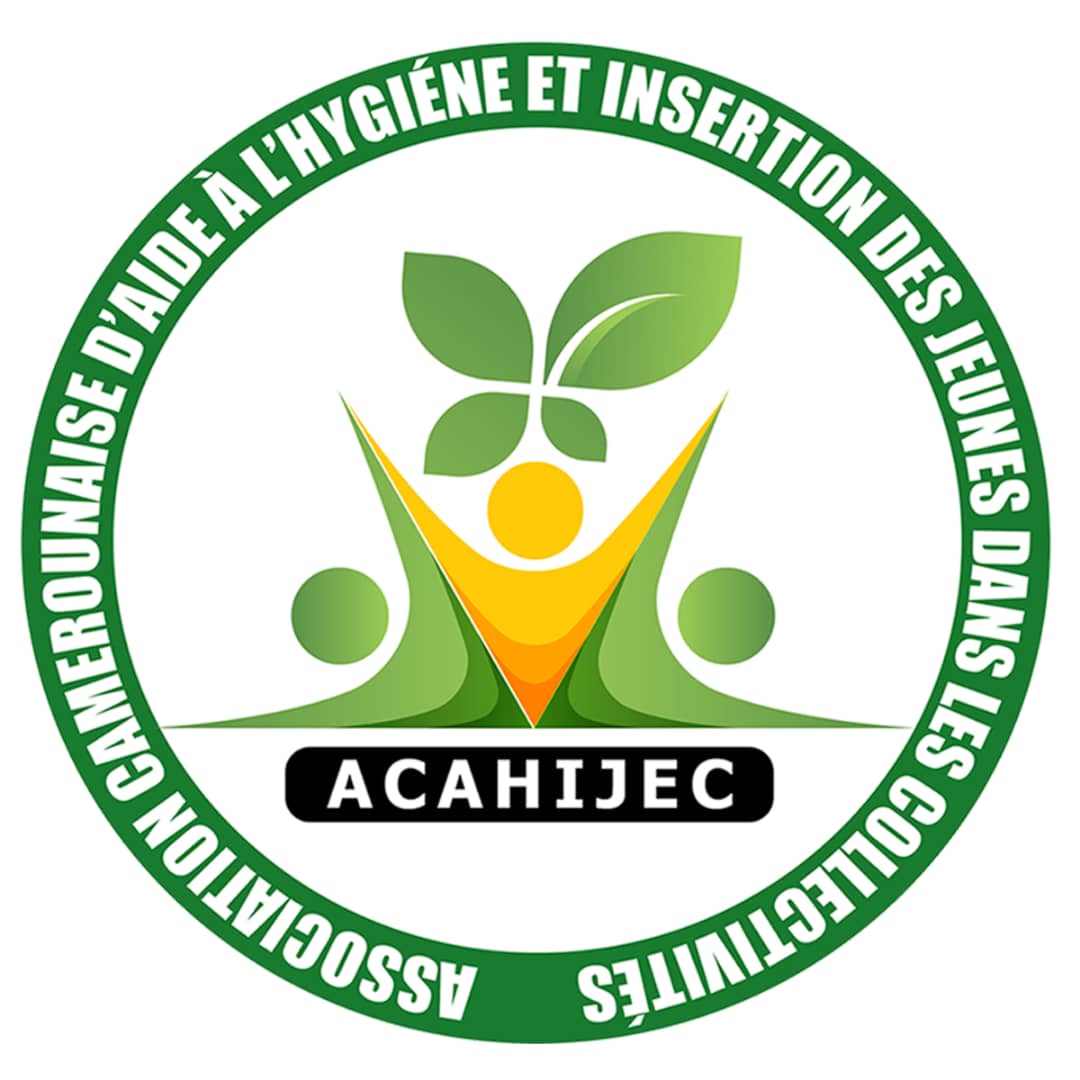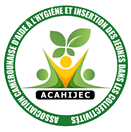Standards for the "water, sanitation and hygiene education" initiative in schools

Water in schools is a decisive element in the maintenance of toilets and sanitation in general, consumption and personal hygiene.
1. Water quality :
The water used for drinking, personal hygiene, cleaning and hunting is clean enough for its intended use.
Indicator
Microbiological quality of drinking water: Escherichia coli or thermo-tolerant coliform bacteria not detectable in 100 ml samples.
Chemical and radiological quality of drinking water: the water complies with the WHO (World Health Organization) Drinking water Quality Guidelines or national standards for chemical and radiological parameters of water.
Acceptability of drinking water: no taste, smell or color likely to have a deterrent effect on water consumption.
Water intended for other uses: water that is not of sufficient quality to be consumed is reserved for cleaning, hunting and sanitation.
2. Quantities of water :
Water is available at all times in sufficient quantities for drinking and personal hygiene, hunting and, if necessary, cleaning.
Indicator
a. Basic quantities required :
Day schools 5 liters per person per day for students and staff
Boarding schools 20 liters per person per day for students and resident staff.
Additional quantities of water required (the quantities of water below are added, depending on the needs, to the minimum quantities required. The figures indicated correspond to the needs of a day school and must be multiplied by two for boarding schools).
Flush toilets: 10-20 liters per person per day for conventional flush toilets: 1.5-3 liters per person for manual flush toilets
Anal toilet: 1-2 liters per person per day
3. Water facilities and access to water :
There are enough water points and water distribution facilities in the school so that water for drinking, personal hygiene, cleaning and hunting is easily accessible.
Indicator
Safe water points, equipped with soap or any other acceptable washing product, are made available at all strategic locations of the school, in particular in the toilets.
Staff and students can access a safe drinking water point at any time.
The permanent promotion of hygiene guarantees the correct use and maintenance of water distribution and sanitation facilities. Water and sanitation facilities serve as resources for hygiene education.
Indicator
Hygiene education is included in school curricula.
Staff and students are systematically encouraged to observe hygiene rules, and in particular to use and maintain the toilets properly.
The facilities and resources available allow staff and students to adopt practices that can easily and quickly stop the transmission of diseases.
4. Restroom :
Accessible, private, safe, clean and culturally appropriate toilets are made available to students and staff in sufficient numbers.
Indicator
The number of toilets is sufficient — 1 for 25 girls or female staff members, and 1 toilet + 1 urinal (or 50 centimeters of urinal wall) for 50 boys or male staff members.
The toilets are easy to access and are not located more than 30 meters from the users.
The toilets offer privacy and security.
The toilets are adapted to children and local cultural, environmental and social conditions.
The toilets are hygienic and easy to clean.
Hand washing points are located near the toilets.
A regular cleaning and maintenance program is in place, so that the toilets are clean and in working order at all times.
Vector-borne disease control: Students, staff and visitors are protected from disease vectors.
Indicator
The density of vectors in the school is reduced to a minimum.
Students and staff are protected from vectors that can transmit diseases.
Measures are taken to prevent students and staff from coming into contact with disease vectors or substances infected with vector-borne disease germs.
Cleaning and waste disposal: The school environment is clean, safe and regularly maintained.
Classrooms and other teaching facilities are regularly cleaned to keep dust and mold to a minimum.
The premises and the surrounding grounds are free of sharp or sharp objects and other physical hazards.
Solid waste is collected daily in classrooms and offices and disposed of in good safety conditions.
The waste water is discharged quickly and in good safety conditions.


